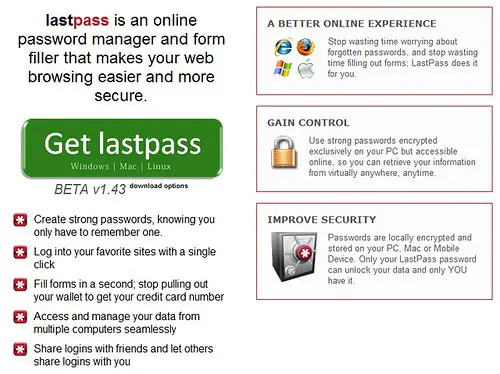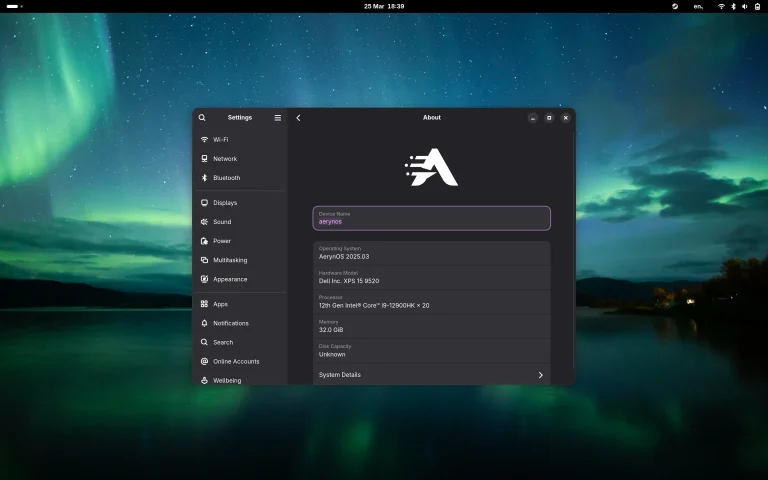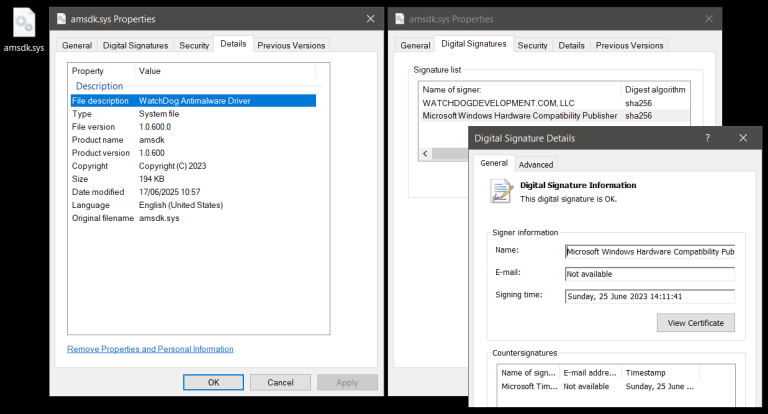
"best-online-password-manager-lastpass" by HomeBiss is licensed under CC BY 2.0
At present, the password manager market has attracted quite a few participants, including Apple and Microsoft, which are actively developing password managers to facilitate cross-platform use by users.
Some early password manager developers are also adjusting their policies. For example, 1Password keeps sending free home editions for a limited time to attract more users to use the manager. LastPass is taking a slightly radical measure, the free service’s functions are greatly reduced to stimulate users to pay.
We know that the core function of a password manager is password storage and cross-platform synchronization. As a password manager, it is almost useless if it does not support cross-platform synchronization.
The radical measure taken by LastPass this time is to reduce the cross-platform synchronization function of the free version, or more accurately to not allow free users to synchronize across platforms.
The newly announced policy of this password manager is that users of the free version can only choose to use it on the desktop or mobile terminal, but not across two platforms at the same time.

This means that users either choose to use it on the desktop platform or on the mobile side. Previously, this password manager supported unlimited cross-platform device access.
Among them, the desktop platform is mainly in the form of browser extensions. Obviously, the current desktop platform and mobile platform are indispensable for users, so the potential impact is also huge.
The reason for this is naturally to stimulate users to upgrade the paid version. After all, the most important monetization method for a password manager is to sell the subscription version.
In addition, the company no longer provides e-mail or work order support for the free version, and subsequent work order support is only open to paid home and premium version users.
LastPass subscription version starts at $3 per month or $36 per year. In response to this policy adjustment, its developers also provide free users with limited-time upgrade offers.
If users of the free version choose to upgrade to the paid version, they can enjoy a price of $27 per year. Note that this is a one-time discount and subsequent renewal or the original price.
Of course, it is easier for users to directly choose other password managers. At present, most password managers support mutual export and import, so it is also convenient.






